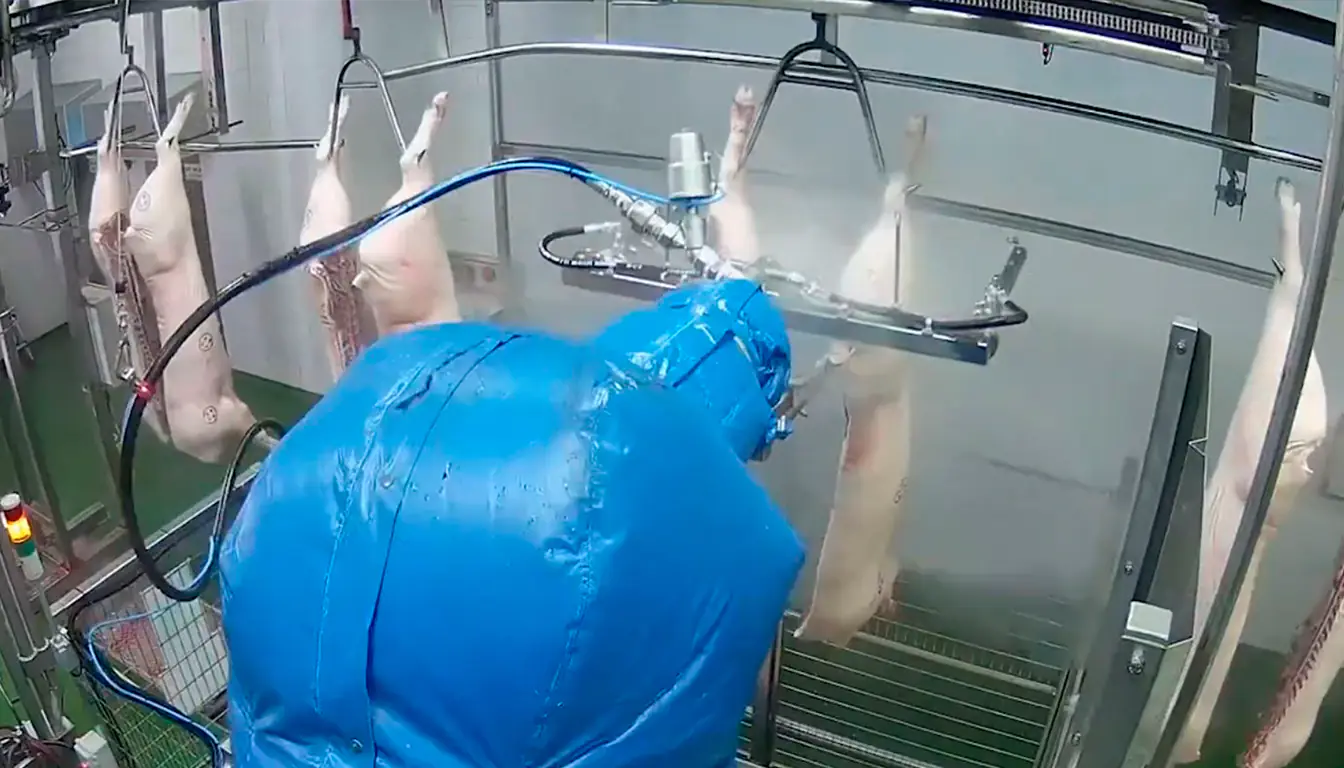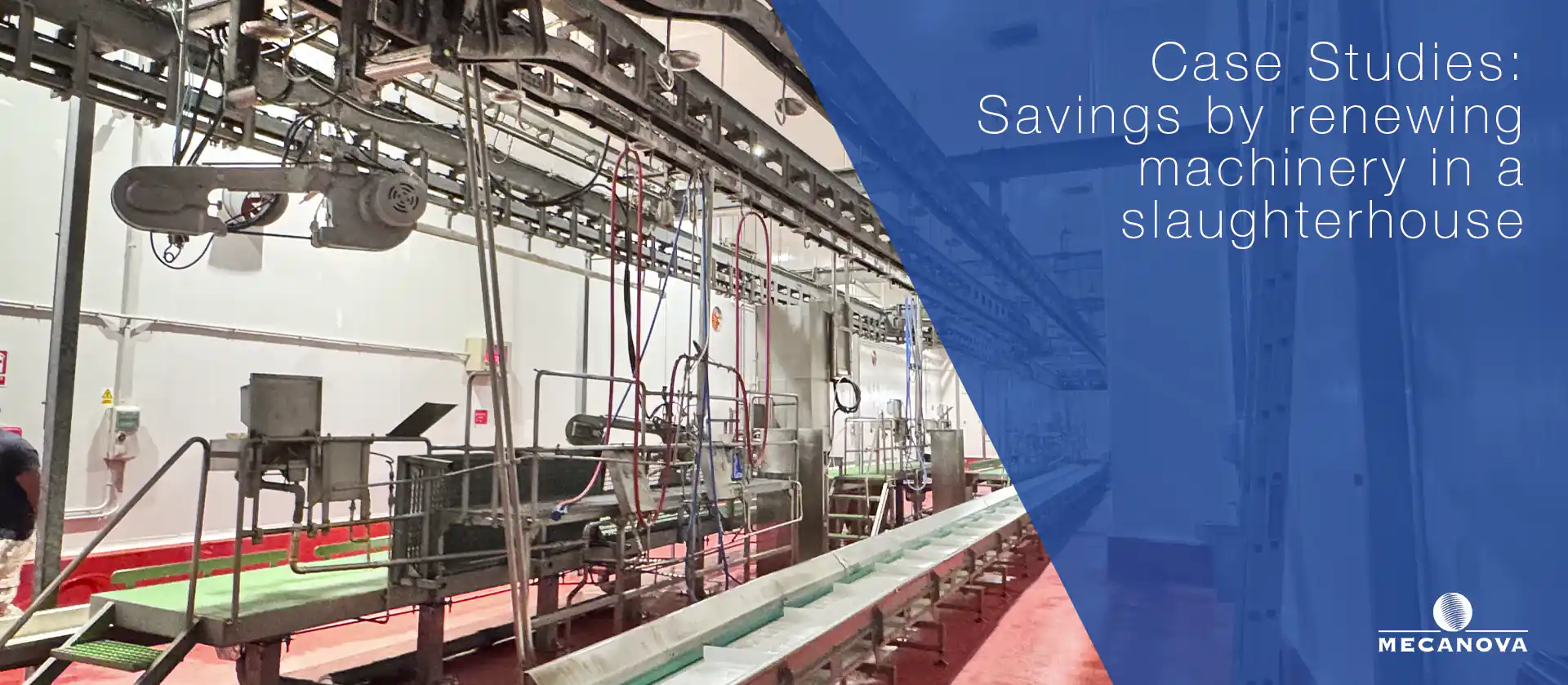The meat industry is changing rapidly. Rising energy costs, stricter regulations, and increasing competition have forced slaughterhouses to rethink their operations. One of the most effective strategies for maintaining a slaughterhouse’s profitability is to modernize outdated equipment. But how much can a facility actually save with this modernization? Let’s analyze the numbers, the logic, and the long-term benefits.
The Cost of Obsolete Equipment
Outdated machines are like hidden leaks in a factory’s wallet. They may still work, but they consume more energy, require constant repairs, and often produce lower-quality results, making modernizing slaughterhouse equipment essential for efficiency.
Every minute a line is down, money is lost—not only in production time, but also in man-hours and wasted electricity during downtime.
Old machinery tends to break down at the worst times. Repairs are expensive, spare parts are harder to find, and technicians spend hours troubleshooting problems that modern machinery would automatically prevent. This is why modernizing slaughterhouse equipment can prevent these issues.
Older systems can consume up to 30-40% more electricity, especially in cooling, stunning, and hydraulic processes. Furthermore, maintenance budgets skyrocket due to more frequent interventions.
What does “modernizing” equipment in a slaughterhouse mean?
Renovation can involve complete replacement, modernizing key components, or integrating automation modules to improve performance. Considering modernizing equipment in a slaughterhouse means opting for efficiency.
The initial cost of modernization may seem high, but compared to the operational savings and increased productivity, it is often one of the best investments a slaughterhouse can make.
Return on Investment Timeframes
Typically, the return on investment (ROI) for modernizing a slaughterhouse’s equipment occurs within 2 to 5 years, depending on the scale of production and energy costs.
Energy Efficiency: The Silent Savings
Energy represents one of the largest expenses in meat processing. Newer machines incorporate energy-efficient motors, variable speed drives, and heat recovery systems.
Example of Real Impact
A new vacuum packaging line can reduce energy consumption by up to 25%, while an improved refrigeration system can save more than €20,000 per year in a medium-sized plant. Modernizing a slaughterhouse’s equipment can result in these benefits.

Reduced Downtime and Increased Productivity
Modern systems automate repetitive tasks such as cutting, evisceration, and washing, reducing human error and fatigue through the modernization of equipment.
Even saving one hour of downtime per day can translate into thousands of euros per month in recovered production.
Automation doesn’t necessarily replace workers; it redefines their roles. Instead of performing repetitive and physically demanding tasks, workers supervise or manage automated processes.
With modern machinery, a single operator can oversee multiple automated lines, reducing labor costs by up to 15–20%.
Product Quality, Waste Reduction, and Sustainability
Improved machines ensure cleaner cuts, consistent processing, and lower trimming losses; all of which translate into more saleable meat.
Even a 2% increase in carcass yield can represent tens of thousands of euros in additional annual profit for a medium-sized plant.
Modern equipment is designed with easy-to-clean surfaces, fewer bacterial traps, and automated washing systems. This reduces both labor and the risk of noncompliance with hygiene regulations, illustrating the benefits of modernizing slaughterhouse facilities.
Machinery modernization often results in lower water and chemical consumption, less waste generation, and improved energy recovery—key considerations for plants seeking ISO 14001 or green certification.
Case Study: Equipment Modernization in a Medium-Sized Slaughterhouse
After modernizing its stunning and cutting lines, a Spanish slaughterhouse reduced:
- Energy costs by 28%
- Maintenance hours by 35%
- Downtime by 22%
- Payback period: 3.4 years
Similarly, a slaughterhouse in Colombia, after updating its entire beef slaughter line, managed to reduce:
- Energy costs by 53%
- Maintenance hours by 68%
- Downtime by 34%
- Payback period: 2.7 years
These cases demonstrate that modernization is not just a technical improvement, but a financial strategy that revolves around modernizing slaughterhouse equipment.


Common Mistakes When Modernizing Equipment in a Slaughterhouse
- Ignoring the total cost of ownership. Cheaper machines can mean higher long-term costs.
- Neglecting after-sales support. Reliable suppliers with solid technical support make the difference between success and frustration.
- Poor integration planning. Lack of coordination with production schedules can cause costly downtime.
The benefits of modernization
Modernizing equipment in a slaughterhouse is more than just an upgrade: it’s a transformation. Savings come not only from reduced energy bills or labor costs, but also from improved quality, higher yields, and greater competitiveness. Ultimately, modern machinery not only cuts meat; it also reduces costs sustainably and intelligently.
Would you like more information on how you can save by modernizing your slaughterhouse’s equipment? Contact one of our specialized advisors and discover how to modernize your slaughterhouse’s facilities easily and efficiently.
